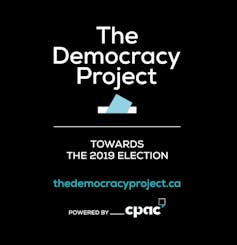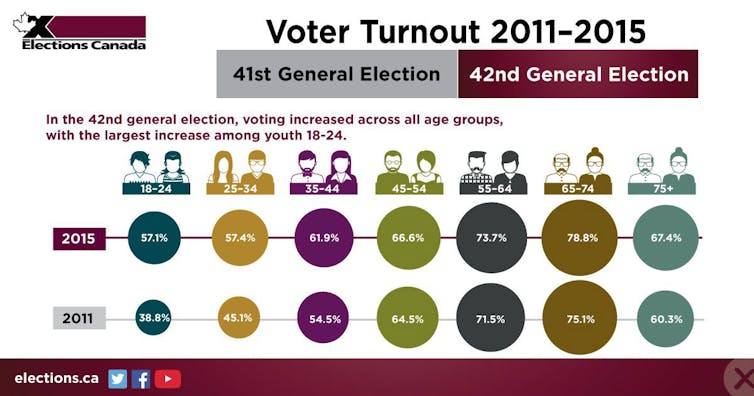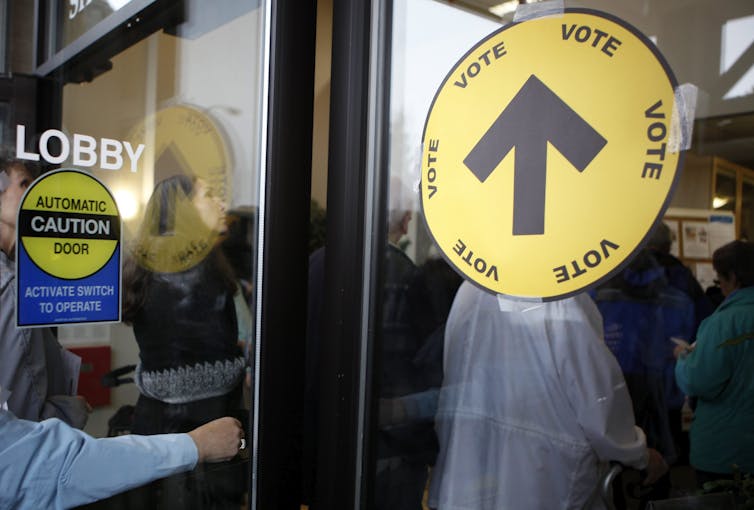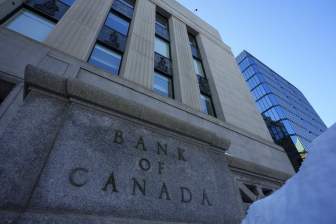This year’s federal budget included a slew of boutique policy promises suggesting the government is targeting specific groups of voters gearing up for the October election.

Likewise, Conservative Leader Andrew Scheer has been capitalizing on the SNC-Lavalin drama and the release of the federal carbon tax. One recent analysis suggests that if Scheer wants to sway voters, climate is the way to do it.
But regardless of party strategy, a more pressing question is: will people come out and vote?
READ MORE: Voter turnout in 2015 federal election was highest since 1997
In the 2015 federal election, 68 per cent of Canadians cast a ballot, meaning about one-third of Canadians did not vote. This was an increase in turnout from the previous five elections where electoral participation ranged between 59 per cent (in 2008, the lowest ever in Canada’s history) and 65 per cent.

Electoral participation is often regarded as a key measure of democratic health that is important for representative policy-making, government legitimacy and a strong civic culture. Falling rates of voter turnout have been a concern for a few decades, prompting questions about why people do not vote and what can be done to engage them.
Why people don’t vote
Political scientists offer several explanations for the decision to vote.
One popular theory points to voters’ socio-demographic characteristics such as age, education and income as factors that explain whether or not they are likely to turn out. The older, more educated and higher income an elector, the more likely they are to cast a ballot.
This helps explain why young people vote less because as they age and encounter the responsibilities of adulthood such as marrying, buying a house and paying taxes, their perceived stake in politics grows and they become more likely to vote.

Another explanation points to party identification. The stronger someone identifies with a political party, the more likely they are to go to the polls. Likewise, weak or unstable ties with a party might mean an elector stays home.

Get daily National news
Mobilization is another consideration. Political organizations, parties, family and friends create pressures that encourage people to get out and vote. Research examining the switch from enumeration to a permanent voters’ list shows this change had a negative effect on participation because enumerators were no longer going door-to-door.
Finally, another way to think about voter participation is the “cost” of voting — the time and distance it takes to travel to a polling station, time spent waiting in line and inclement weather are all considerations that might cause an elector to stay home.
WATCH BELOW: (From November 2015) Duff Conacher explains why more voters turned out for the 2015 Federal Election
These costs are an increasingly popular justification among non-voters for not casting a ballot.
Data from Elections Canada’s Surveys of Electors, for example, show that the proportion of non-voters who say they could not make it to the polls for “everyday life issues” such as being “too busy” or “out of town” has increased in recent years, occupying a larger group of responses than those who cite administrative reasons such as not being on voters’ list or being apathetic to the political process.
What can be done to engage voters?
Should we care that nearly one-third of Canadians aren’t voting? Or is it a sign of satisfaction? After all, the 1995 Québec referendum, which took place after turnout for elections had started to decline, had a participation rate of 93.4 per cent — suggesting when a vote is perceived as important, electors will make the trip to the polls.
In 2016, the federal government considered three reforms: system change, online voting and compulsory voting. They decided against electoral system reform because of a lack of consensus on a suitable alternative. The other two were dismissed because of debate over the benefits of compulsory voting and security concerns regarding online voting.

THE CANADIAN PRESS/Chad Hipolito
Research suggests all of these reforms could improve voter participation to varying degrees.
However, while switching to a proportional system can increase turnout, in Canada the political costs of reform are steep. There have been numerous provincial attempts at reform in provinces such as British Columbia, Ontario, New Brunswick and Prince Edward Island without success.
READ MORE: British Columbians reject proportional representation, vote to stay with first-past-the-post
Compulsory and online voting are smaller changes to voting rules that are easier to implement. Both are contentious, albeit not to the degree of electoral system change. While both have been shown to increase turnout, neither is a panacea.
Australia, for example, where compulsory voting is well-entrenched thanks to the passage of a private member’s bill in 1924, is still considering other reforms such as online voting to further boost voter participation.
While compulsory voting imposes the vote, however, online voting can lower barriers and improve voting equality, especially for groups that face additional challenges when casting a ballot such as citizens or military overseas, persons with disabilities, remote and rural residents and students away at post-secondary school.
The added convenience and accessibility of online voting also has potential to counter reasons for not voting such as “being too busy” or “out of town,” because electors can vote with the click of a button.
WATCH BELOW: (From October 2015) Online voting is not even close to happening
Not only is moving voting online synonymous with other changes to corporate and public services, it is also in line with recent trends that suggest voters want more choice and control at the ballot box such as increases in advance voting.
If debates about voter turnout continue, which we can assume they will, eventually the federal government will need to modernize elections to meet changing societal expectations about service delivery.
This may not bring out new voters, but it could be the best way to counter further decline. We are probably more likely to return to the online voting debate than deliberations about compulsory voting or broader system change.
As part of The Democracy Project, CPAC will broadcast a live audience event on April 17 at Toronto’s Longboat Hall, hosted by CPAC’s Peter Van Dusen and APTN’s Karyn Pugliese. This town hall will examine the state of democracy in Canada.Nicole Goodman, assistant professor, Brock University
This article is republished from The Conversation under a Creative Commons license. Read the original article.







Comments